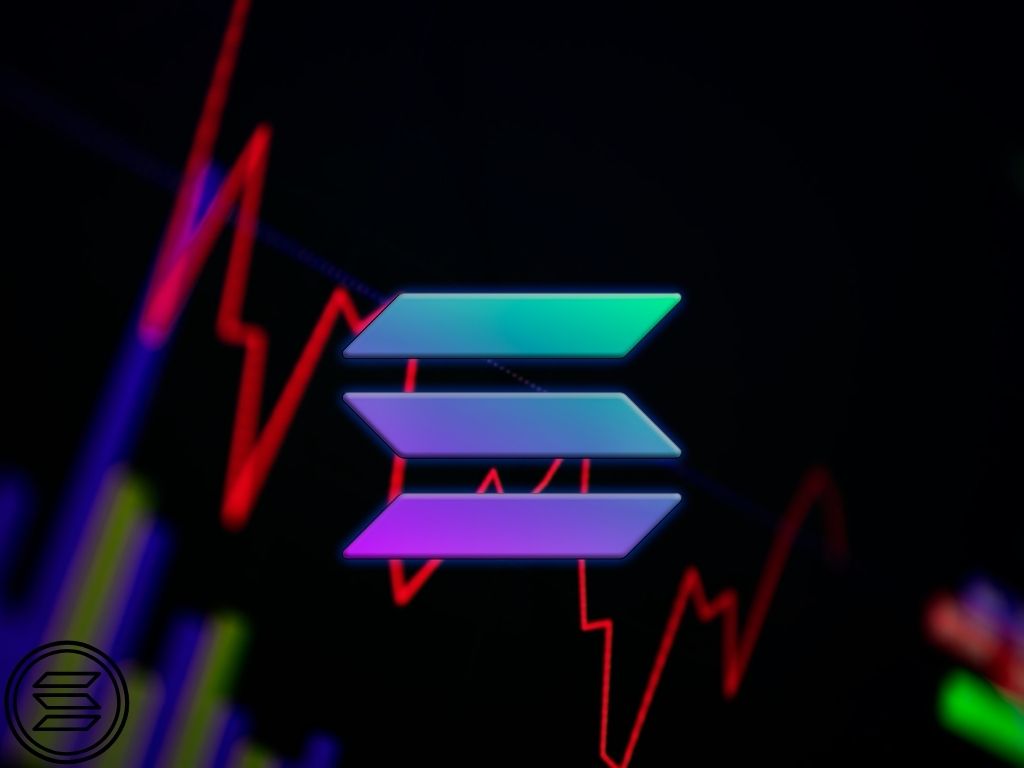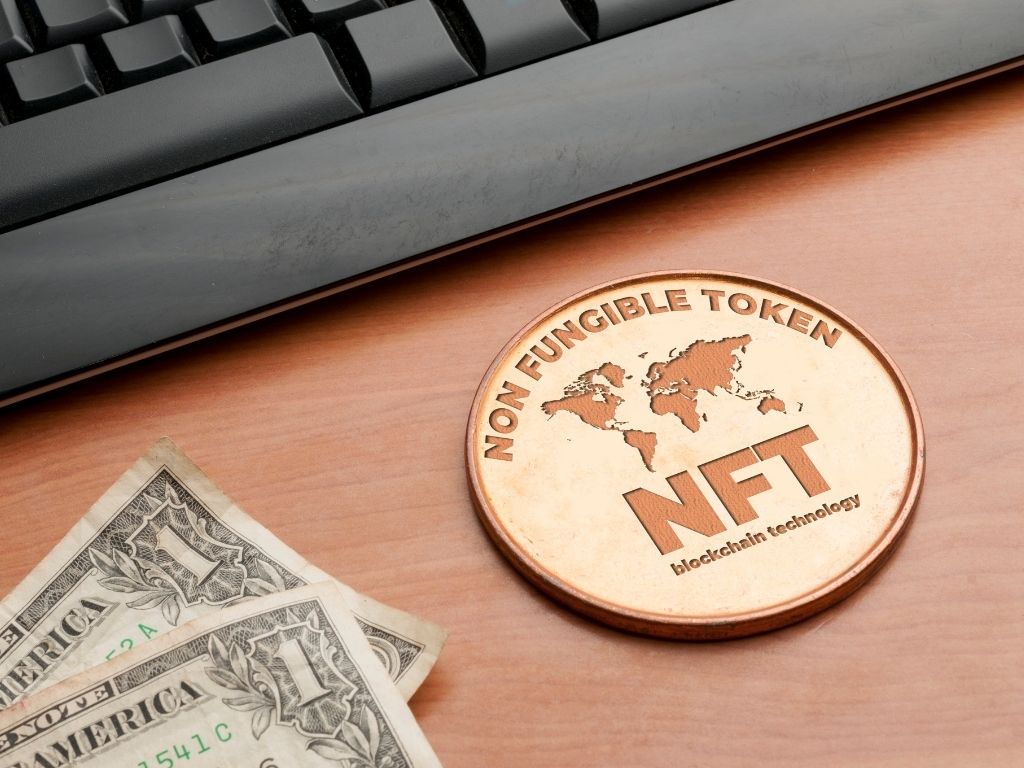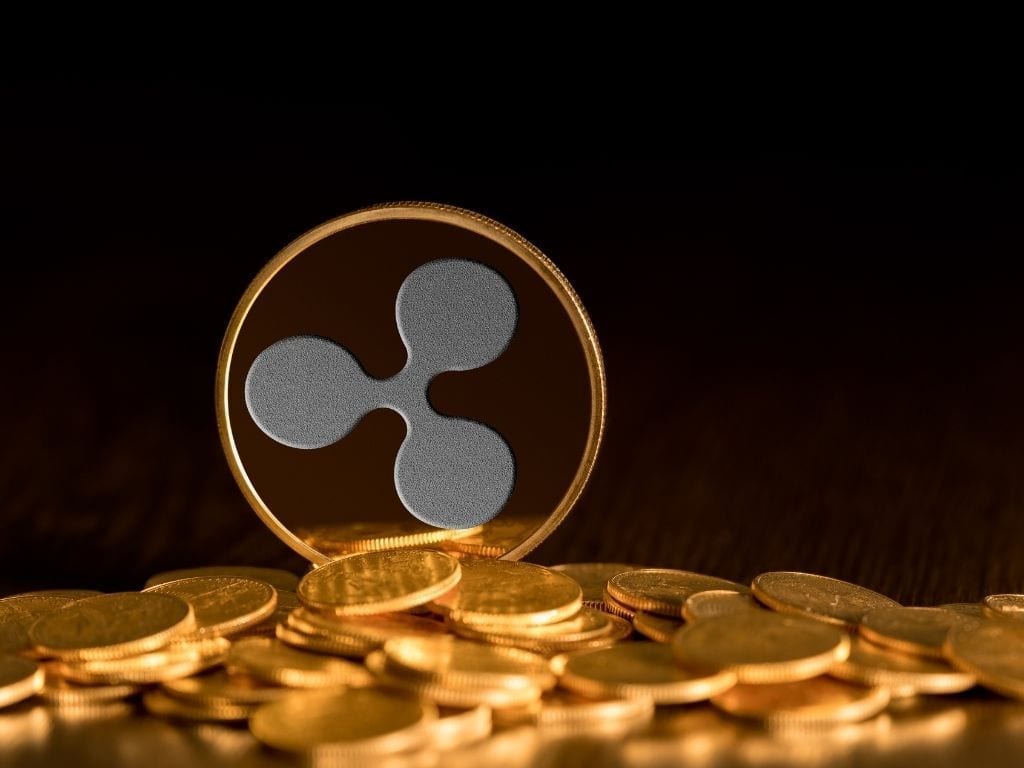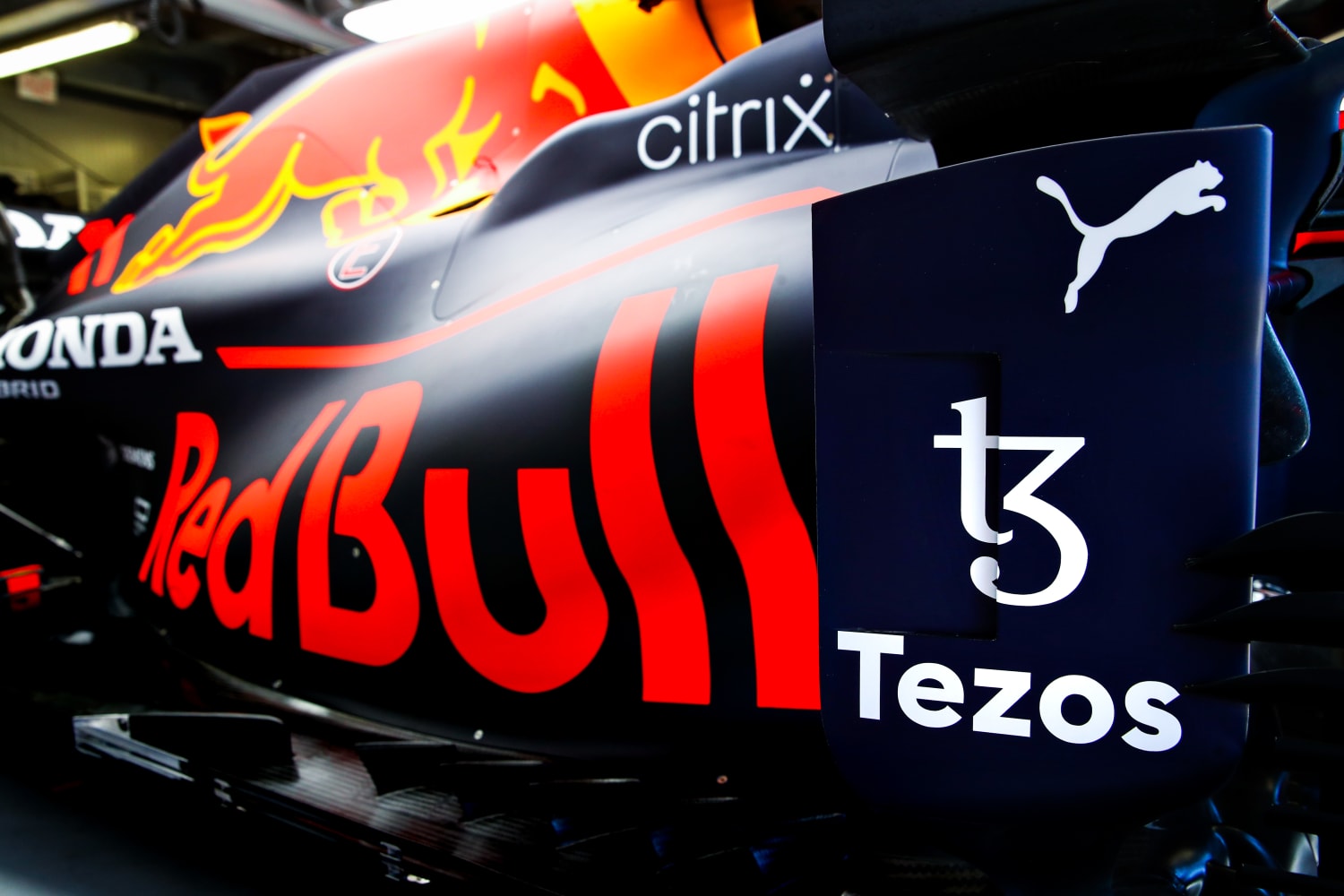Solana Blockchain: A Guide to the NFT Platform
Solana is among the most popular blockchains for non-fungible tokens (NFTs) and decentralized finance (DeFi). Its native currency, SOL, is now ranked ninth among all cryptocurrencies in market value, and interest in Solana NFTs has soared in 2022. Solana meets both the user criteria for platforms with faster and more affordable transactions. Moreover, as additional connections are allowed, the transfer of users to Solana accelerates. Consequently, several powerful platforms are integrating with Solana or have already done so. Solana NFTs are among Web3‘s most outstanding achievements in this area. The fact remains, though, that joining new blockchains and NFT marketplaces is still a challenging thing to do. Prepare to become an expert on what Solana is, how it works, why Solana crypto and NFTs are so popular, and how you can benefit from this new and fascinating environment. We will take you through all you need to know to engage in the Solana ecosystem.
Table of Contents
- What exactly is Solana?
- How does Solana work?
- How to acquire and market SOL
- Solana wallets
- How to construct a Solana NFT
- Solana NFT marketplaces
- Top NFT Solana projects
What is Solana’s character?
In summary, Solana is a public, open-source blockchain. It was created to accommodate many scalable decentralized applications (dApps). Solana, like the most famous blockchains in the world, supports smart contracts, which is of the highest significance given that NFTs are issued and sold using smart contracts that transfer ownership, provide users access to digital assets in the NFT, etc. Solana was developed to solve the high transaction fees and slow transaction speeds that limit the scalability of current blockchains like Ethereum and Bitcoin. In 2017, blockchains couldn’t do more than 15 transactions per second because their processing capacities (TPS) were so low.
This number was paltry compared to credit card companies, whose TPS range in the hundreds. Moreover, users must pay transaction fees for every attempted transaction on a blockchain. These expenses might climb into hundreds of dollars when blockchain networks get congested, such as during a significant NFT launch. Solana was created to solve both of these issues, which it accomplished. Solana’s TPS is better than Visa’s and even MasterCard’s, solidifying Solana’s position as the industry’s fastest and most scalable company. The blockchain also has low transaction fees, which makes it one of the crypto ecosystems with the quickest growth. At the time of writing, SOL’s market valuation hit $10 billion.
Keep your Grails polished #nft #grails #Solana @HolyGrails_io pic.twitter.com/3n6VKZKPo9
— HolyGrails – Solana NFT Marketplace (@HolyGrails_io) October 28, 2022
How does Solana work?
Solana functions by combining Proof-of-Stake (PoS) and Proof-of-History (PoH) protocols. In sharp contrast to the Proof-of-Work (PoW) approaches used by Bitcoin and other networks, these algorithms are based on a different principle. Proof-of-For competing computers to add blocks and transactions to the blockchain, they have to solve complex problems. These puzzles are challenging and require much processing power to solve, meaning much energy is used. These complexities are removed from the equation by Solana. As a result, it does not create the same level of environmental degradation, and its TPS performance is much more outstanding. If you are interested in a quick comparison between Ethereum, Solana, and a few other NFT blockchains, the image below gives a relatively complete overview. Keep reading for a detailed explanation.
What is Proof-of-Stake exactly?
Proof-of-Stake is a consensus algorithm in which users stake a percentage of their bitcoin for the chance of being picked at random as a block validator. In Proof of Stake, bitcoin holders commit their Solana to a validator. Validators are computers chosen to add the following block of transactions to the Solana blockchain based on the amount of Solana coin their owners have committed (along with a set of other requirements). Validators are rendered obsolete when they are selected. Proof-of-Stake encourages user loyalty to the Solana (SOL) cryptocurrency. How? By evaluating the level of commitment network participants possess (i.e., by measuring the amount of bitcoin they staked) and rewarding those who have spent the most for their commitment by selecting them as the validator.
What is the historical evidence?
Together with PoS, PoH is used to prove that time has passed between two events in a secure way. It is used in the Solana blockchain to ensure that transactions are found by the right leader and in the appropriate order (validator). Here is how it functions: Each validator is in charge of 1) keeping track of how much time has passed and 2) adding up all the transactions for the block chosen for them, which is achieved by using a validated delay function (VDF). Each selected validator spends exactly five seconds traveling the VDF to reach their designated slot and create a block. In addition, this VDF is the Proof-of-History method. If the technique were documented, it would look like
- Using the PoS protocol, a validator is selected to create the following block.
- The validator spends exactly five seconds traversing the VDF (the PoH procedure) to reach its allotted position and create a block.
- The following validator is selected using the PoS method.
- This validator needs precisely five seconds to go through the VDF (the PoH procedure) and make a block at their chosen location.
- The process continues in this fashion.
As a result of these two algorithms, Solana is much faster than prior blockchains. The team can handle 65,000 transactions per second at its peak, while the average is closer to 3,000 TPS. Compared to Ethereum’s 15 TPS, this remains astonishingly fast. In addition, as already noted, these techniques cut energy use and make Solana far more environmentally friendly.
How to buy and exchange the Solana cryptocurrency
The most prevalent method for buying and selling cryptocurrencies is on a cryptocurrency exchange. A cryptocurrency exchange is a platform for buying and selling cryptocurrencies such as SOL, Ether, Bitcoin, and Dogecoin. They work the same way that stock exchanges and brokerage firms do, except that people trade bitcoins instead of stocks. You can buy and sell SOL on every major centralized cryptocurrency exchange, including Gemini, Coinbase, and FTX. In general, centralized exchanges like the ones below are the easiest to use and navigate, which is why beginners prefer them. You might also use a decentralized exchange (DEX). These work like centralized exchanges, but they are spread out over a network of computers instead of on a single server. They are thus immune from regulation.
On a DEX, it is possible to convert USDC to SOL. However, you cannot buy SOL by connecting your bank account to a DEX. Notably, it would help if you held crypto already to buy SOL directly on a DEX. If you are more familiar with blockchain and how to utilize it safely, it is recommended to learn decentralized exchanges. Also, there are crypto brokers. These centralized service providers facilitate bitcoin transactions between consumers and cryptocurrency exchanges. As a result, customers do not conduct transactions based on current market prices. The broker instead determines the pricing. Brokers are often more appropriate for advanced users (not beginners). Check out our post for a complete list of all the exchanges and crypto brokers you can use to buy SOL.
Also, read: Your Guide To: Solana Pay, Top 3 Uses Of Solana Pay
Obtaining a Solana wallet
You may choose from a choice of wallets to keep your Solana cryptocurrency and NFTs. Nonetheless, it is essential to identify who has access to your data. Phantom, one of the most popular non-custodial wallets, is a good choice if you want to be your SOL wallet’s only custodian. With custodial wallets, the wallet provider has access to your private keys. When you use a non-custodial wallet like Phantom, you have complete control over your data, NFTs, and funds. Phantom is also easy to use, making buying, selling, and storing NFTs and tokens on the Solana blockchain simple. To set up a Phantom wallet, visit the website for the app. To install your purse, you must follow the browser-specific installation instructions. Consider using Brave if you want the best degree of security and privacy. However, you can use more than one option. At this point, beginners may prefer to stick to what they already know.
After completing this step, if you are entirely new to Solana, choose “create a new wallet.” Like Metamask on the Ethereum blockchain, Phantom will give you a unique recovery phrase. This word provides you access to all of your wallet’s valuables. Ensure that it is stored in a safe location and is never shared with anybody. Additionally, you should not save anything on your device if it is hacked. You are now permitted to transfer SOL crypto to Phantom. The transaction must be almost immediate. Click “deposit SOL” or “receive” to identify your wallet’s address, and then click “copy” Now, go to your exchange, and select “send/receive.” After choosing the number of SOLs you want to send to yourself, click “Send Now.” You can also buy SOL with MoonPay by entering your credit card or debit card information into your Phantom wallet. Also, once you’ve loaded your wallet, you can pin it to the top of your browser, so it’s easy to find the next time you need it.
How to build a Solana NFT
Before making an NFT on Solana, you must set up a Solana wallet so you can pay the mint fee, which is needed to make the token work. Additionally, enter a second wallet address to which you want to send your newly created NFT. You may select a separate wallet if you send the NFT to yourself. If you send it to a friend, you can get the recipient’s address from someone else. Additionally, you must check that you are connected to the Solana network and that your computer’s terminal and command line are set up. After all, preparations have been made; the actual job can begin!
Identify the kind of non-fungible token (music, poetry, picture, etc.) you want to mint. This piece is relatively straightforward (and mostly intuitive). Then, it would be best to choose between creating a 1/1 (unique) or an edition. A 1/1 NFT is unique. Similar to genuine paintings, just one of each exists. In general, it may include any number of NFTs in an edition. For larger, generative NFT collections, you may need to work with an artist to make your images and ensure you have a list of randomizable features that guarantee high levels of rarity. Then, you can mint your NFTs on the Solana blockchain by creating a metadata JSON file, working with a developer, or using a method that doesn’t require you to write any code.
If you want to work on Solana on your own, you can use several tools, smart contracts, and other infrastructure to design and deploy NFTs. On the Solana website, there is a list of NFT tools. You may also finish the operation by following this thorough, step-by-step explanation.
Solana NFT exchanges
Ethereum remains the world’s most popular blockchain. As a result, most of the most significant NFT marketplaces are based there. Users’ tastes are changing quickly, though, because Ethereum uses much energy, does transactions rapidly, and charges high fees. Solana NFT marketplaces are becoming more popular, and big platforms like OpenSea are starting to use the technology. After OpenSea, Magic Eden is the most popular Solana NFT market. On the platform, users may make, sell, and buy NFTs. Magic Eden does not charge a listing fee and makes money by charging a 2% transaction fee. It is a great marketplace to avoid spending to promote your NFTs.
Solanart is another well-known marketplace that supports projects like Degenerate Ape Academy, Aurora, and Solpunks. The transaction fee for every successful sale of an NFT is 3%. It has been unclear who owns the intellectual property (IP) rights to the digital assets associated with non-fungible tokens (NFTs)—the NFT producer or the NFT purchaser. Such problems have long plagued the world’s most notable NFT projects, like CryptoPunks and Moonbirds. The CC0 issue, known within the context of the NFT, has worsened with time. Solea is the first NFT marketplace that lets developers add licenses while minting NFTs and is also easy to use. Solens and Formfunction (for 1-of-1s) are alternate market options to Solana.
What are the most critical NFT projects for Solana?
Solana is an excellent chain for trying out radical new ideas because it doesn’t have the same high transaction fees as Ethereum and requires developers to learn a much more complicated programming language. In terms of utility, Solana NFTs drastically deviate from Ethereum NFTs. For example, DeGods enables holders to stake their NFT for a utility token ($DUST) and mine 10 $DUST daily. When holders transform their DeGod into a dead god, they may mine thirty $DUST every day. Also, several outstanding PFP efforts have committed to building up some of Web3’s strong communities. For instance, Solana Monkey Business (SMB) Gen 2 owners established MonkeDAO, the first Solana NFT DAO. MonkeyDAO shows its commitment to the community by organizing many events and working on new projects for its members. At the time of writing, the SMB floor was 171 SOL. Sets on Check is another PFP program that spread quickly in Solana because it focuses on art and the community.
Stay informed with daily updates from Blockchain Magazine on Google News. Click here to follow us and mark as favorite: [Blockchain Magazine on Google News].
Get Blockchain Insights In Inbox
Stay ahead of the curve with expert analysis and market updates.
latest from tech
Disclaimer: Any post shared by a third-party agency are sponsored and Blockchain Magazine has no views on any such posts. The views and opinions expressed in this post are those of the clients and do not necessarily reflect the official policy or position of Blockchain Magazine. The information provided in this post is for informational purposes only and should not be considered as financial, investment, or professional advice. Blockchain Magazine does not endorse or promote any specific products, services, or companies mentioned in this posts. Readers are encouraged to conduct their own research and consult with a qualified professional before making any financial decisions. The featured image used is just a creative depiction of the title and it does not intend to hurt sentiments of any person or institution. If it hurts anyone sentiments, please do not hesitate to reach out to Blockchain Magazine.

 Bitcoin
Bitcoin  Ethereum
Ethereum  XRP
XRP  Tether
Tether  Solana
Solana  Dogecoin
Dogecoin  USDC
USDC  Cardano
Cardano  Lido Staked Ether
Lido Staked Ether  TRON
TRON  Chainlink
Chainlink  Avalanche
Avalanche  Wrapped stETH
Wrapped stETH  Wrapped Bitcoin
Wrapped Bitcoin  Stellar
Stellar  Sui
Sui  Hedera
Hedera  Toncoin
Toncoin  Shiba Inu
Shiba Inu  WETH
WETH  Polkadot
Polkadot  Litecoin
Litecoin  LEO Token
LEO Token  Bitget Token
Bitget Token  Bitcoin Cash
Bitcoin Cash  Hyperliquid
Hyperliquid  Uniswap
Uniswap  Wrapped eETH
Wrapped eETH  USDS
USDS  Pepe
Pepe  Official Trump
Official Trump  NEAR Protocol
NEAR Protocol  Ethena USDe
Ethena USDe  Aave
Aave  Aptos
Aptos  Ondo
Ondo  Internet Computer
Internet Computer  Ethereum Classic
Ethereum Classic  WhiteBIT Coin
WhiteBIT Coin  Monero
Monero  Mantle
Mantle  Cronos
Cronos  POL (ex-MATIC)
POL (ex-MATIC)  Jupiter
Jupiter  Render
Render  Dai
Dai  MANTRA
MANTRA  Layer One X
Layer One X 




